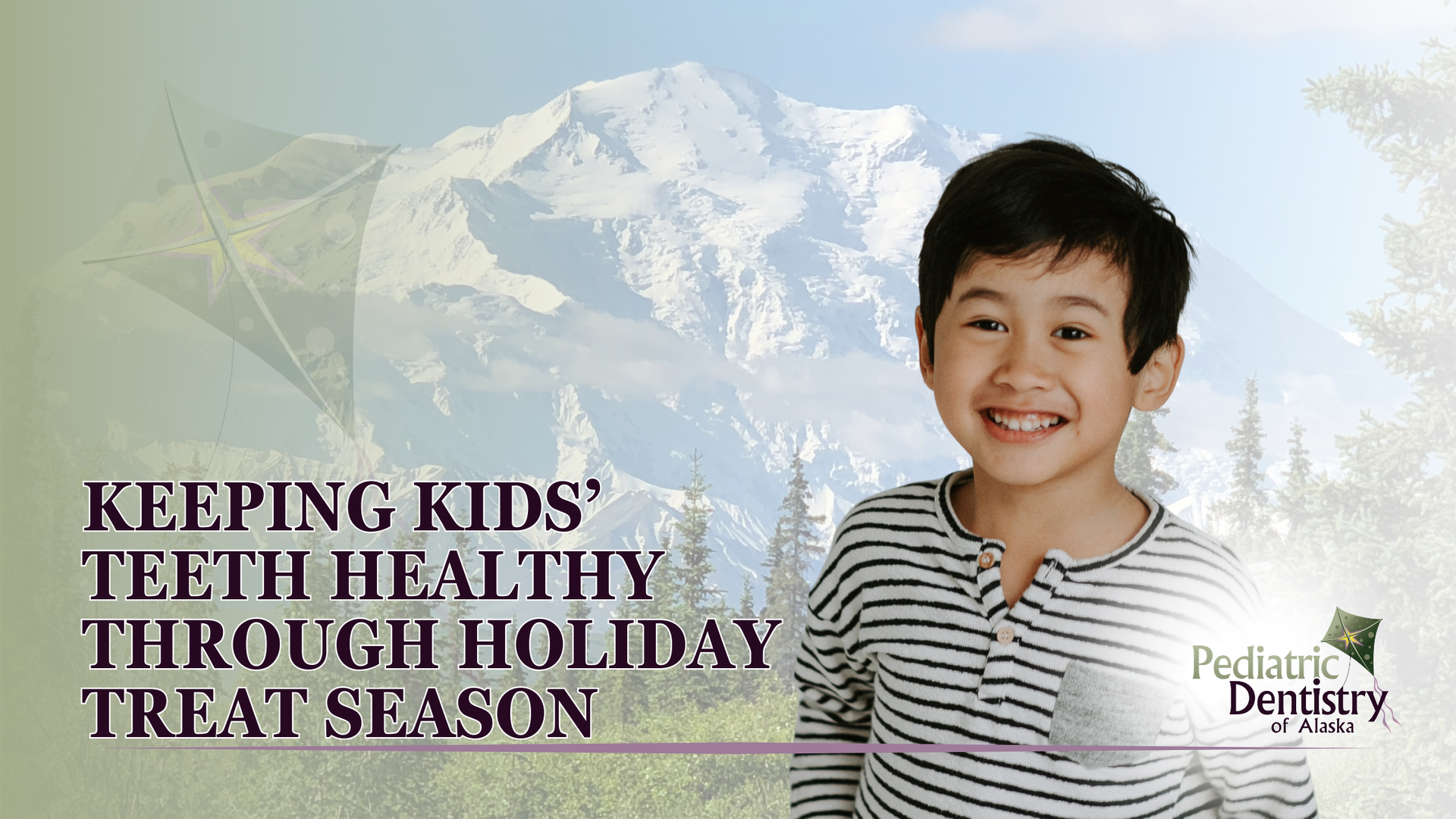Understanding the Impact of Pacifier Habits on Growing Smiles
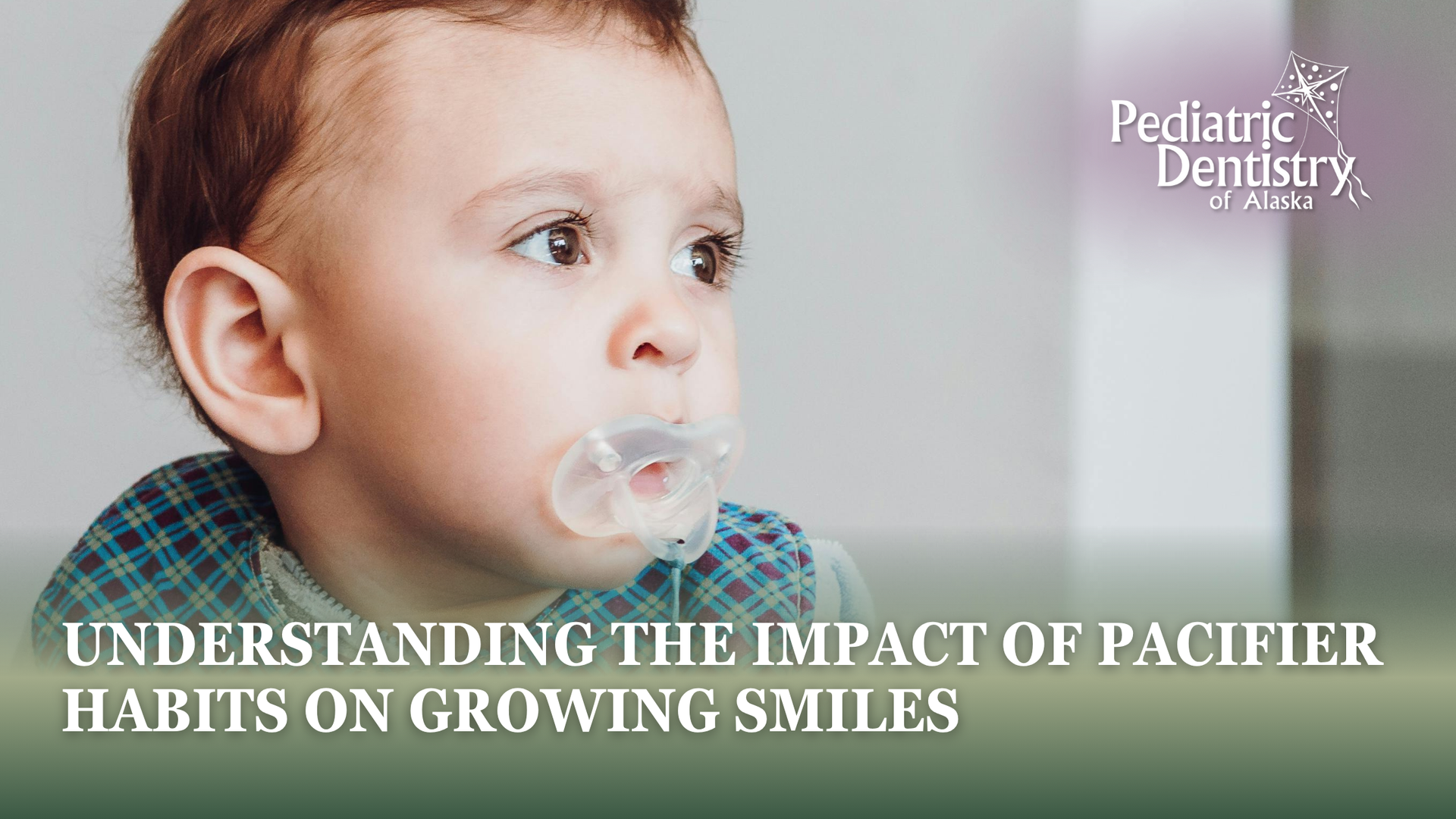
Source: Dr. Marketing
Pacifiers often bring comfort to infants and peace to parents. They can soothe a crying baby, make bedtime easier, and even help reduce the risk of sudden infant death syndrome (SIDS) during infancy. However, as children grow, prolonged pacifier use can start to affect oral and facial development. Understanding how this habit impacts a child’s mouth structure and knowing when and how to intervene can make a significant difference in ensuring a healthy, confident smile.
At Pediatric Dentistry of Alaska, we work closely with parents to provide guidance on early oral development. Pacifier use is common and natural during infancy, but when it continues beyond a certain stage, it can interfere with normal growth patterns. Our goal is to help families make informed choices that support both comfort and long-term oral health.
Why Pacifiers Are Used and When They Help
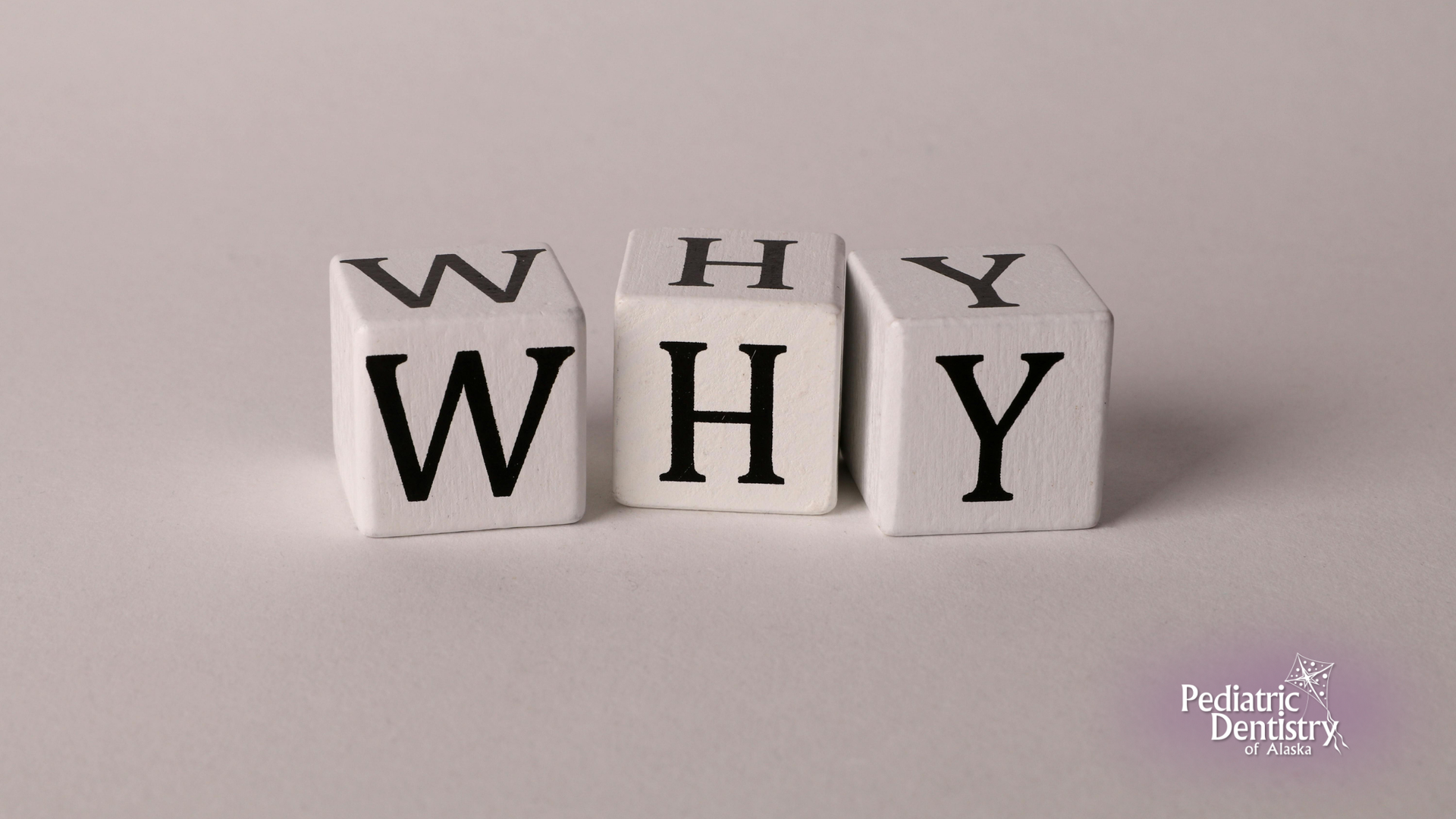
Pacifiers fulfill a natural need for sucking, which is both comforting and instinctive for babies. During the first year of life, this sucking reflex plays an important role in developing muscle tone and coordination in the mouth. For newborns, pacifiers can also help with self-soothing, improving sleep, and easing stress during teething or transitions.
When used appropriately, pacifiers can be a positive part of early development. The key lies in timing and moderation. According to pediatric dental recommendations, pacifier use should ideally begin to taper off between 12 and 18 months, and children should completely stop by around age 2 to prevent long-term effects on oral structure.
How Prolonged Pacifier Use Affects Mouth Development
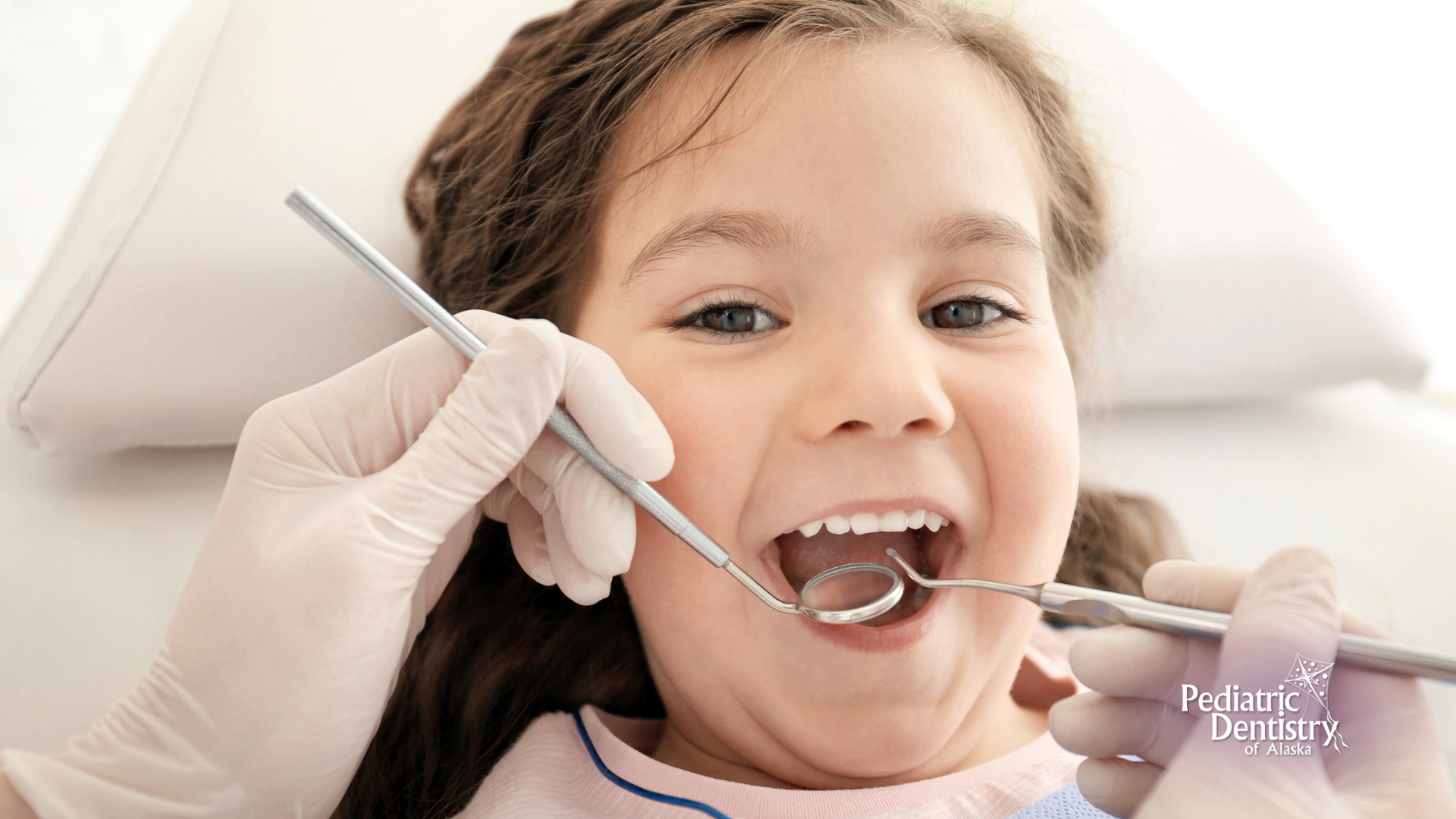
The mouth, jaw, and facial muscles develop rapidly during the first few years of life. Prolonged sucking on a pacifier applies continuous pressure on the developing teeth, palate, and jaw, leading to gradual changes that may affect function and appearance.
- Changes in Tooth Alignment: One of the earliest visible effects of long-term pacifier use is the movement of the front teeth. The upper teeth may begin to tilt forward, while the lower front teeth may shift backward. This creates what dentists call an “open bite,” where the front teeth do not touch even when the mouth is closed.
- Impact on the Palate (Roof of the Mouth): The pressure from a pacifier can shape the palate into a more narrow, high-arched form. This structural change can make it difficult for teeth to align properly and may contribute to future orthodontic concerns. In some cases, a narrow palate can also affect breathing patterns and speech development.
- Jaw Growth and Bite Changes: Continuous sucking motion can influence how the upper and lower jaws grow. Over time, the lower jaw may appear smaller or set back in relation to the upper jaw, affecting how the teeth meet and function. This misalignment may later require orthodontic correction.
- Effects on Speech and Muscle Function: The mouth muscles used for prolonged sucking are not the same as those used for speech. Extended pacifier use may delay the development of tongue movement and muscle coordination needed for clear pronunciation. Some children may develop speech issues such as lisping or difficulty forming certain sounds.
We often see these patterns in children who maintain pacifier use beyond age 2 or 3. Fortunately, with early intervention, most of these effects can be corrected or completely avoided.
Recognizing When It Is Time to Stop

Every child develops at their own pace, but there are clear signs that pacifier use should begin to phase out. Parents may notice that their child uses the pacifier for comfort during the day or has trouble sleeping without it. These emotional attachments can make weaning more challenging, but gradual changes can make the process easier.
A good guideline is to begin reducing pacifier time around 12 months, limit it to naps and bedtime by 18 months, and fully stop by age 2. This timeline helps ensure that teeth and jaws have the best opportunity to develop naturally.
If you are unsure when or how to begin, our team at Pediatric Dentistry of Alaska can provide personalized guidance based on your child’s growth and oral development.
How to Gently Wean a Child Off the Pacifier
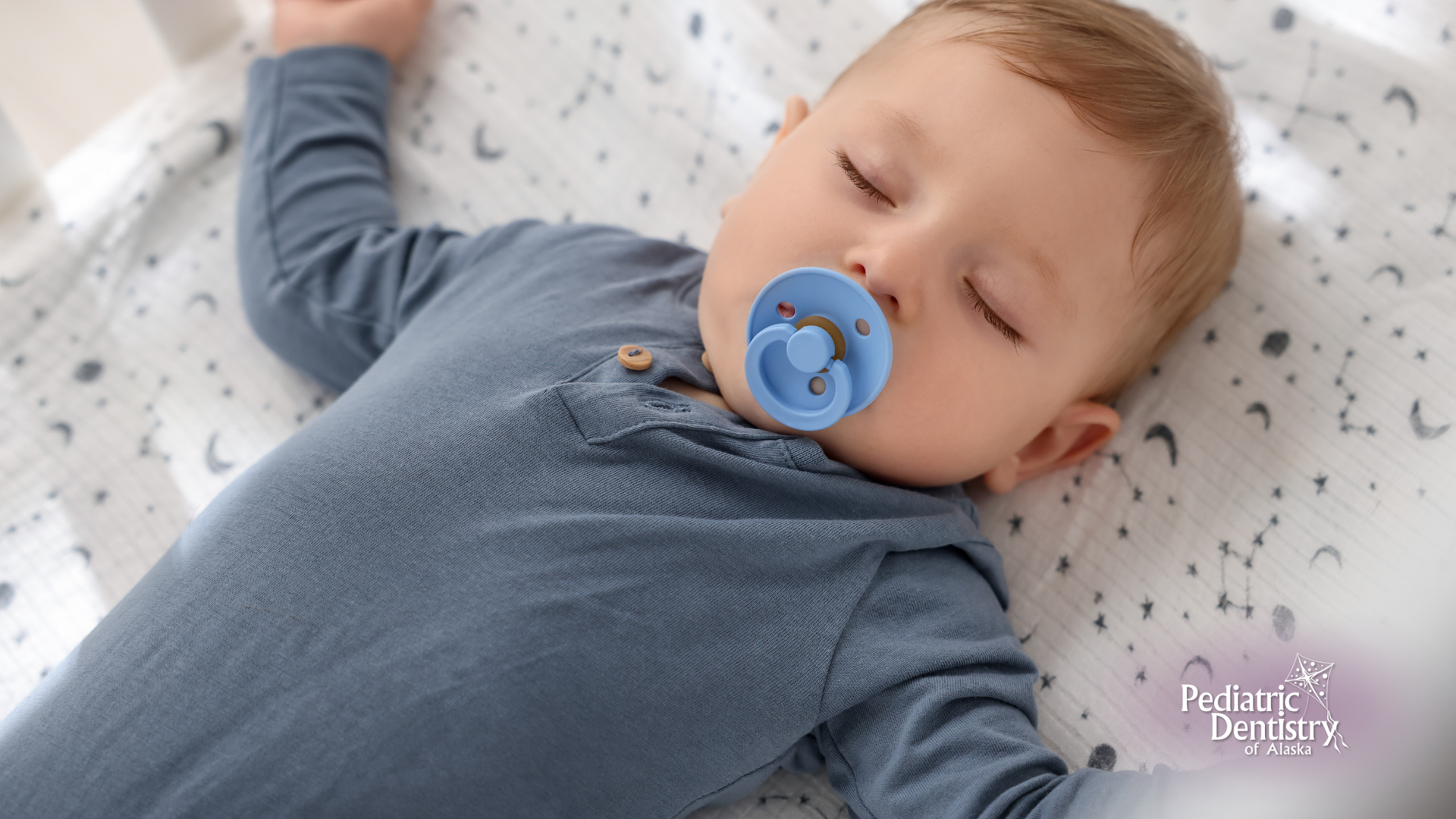
Breaking the pacifier habit is a process that requires patience and consistency. The goal is to support your child emotionally while allowing their mouth to return to its natural growth pattern.
- Gradual Reduction: Start by limiting pacifier use to specific times, such as bedtime or moments of stress. Over time, shorten these periods and introduce comfort alternatives such as a favorite blanket or soft toy.
- Positive Reinforcement: Praise and reward systems work well for young children. Offer encouragement when they go without the pacifier and celebrate milestones, such as completing a day or night without it.
- Replace with Soothing Alternatives: Teach children self-soothing techniques such as deep breathing, storytime, or gentle music. These alternatives help them learn emotional regulation without relying on oral habits.
- Role Modeling and Storytelling: Books and stories about giving up pacifiers can help children understand the change. Many families create “farewell” rituals like leaving the pacifier for a “Pacifier Fairy” to make the transition positive and memorable.
Parents who need guidance during this stage can schedule a visit with us. Our pediatric team provides personalized strategies and encouragement to help both children and parents through this milestone.
When to Schedule a Dental Visit
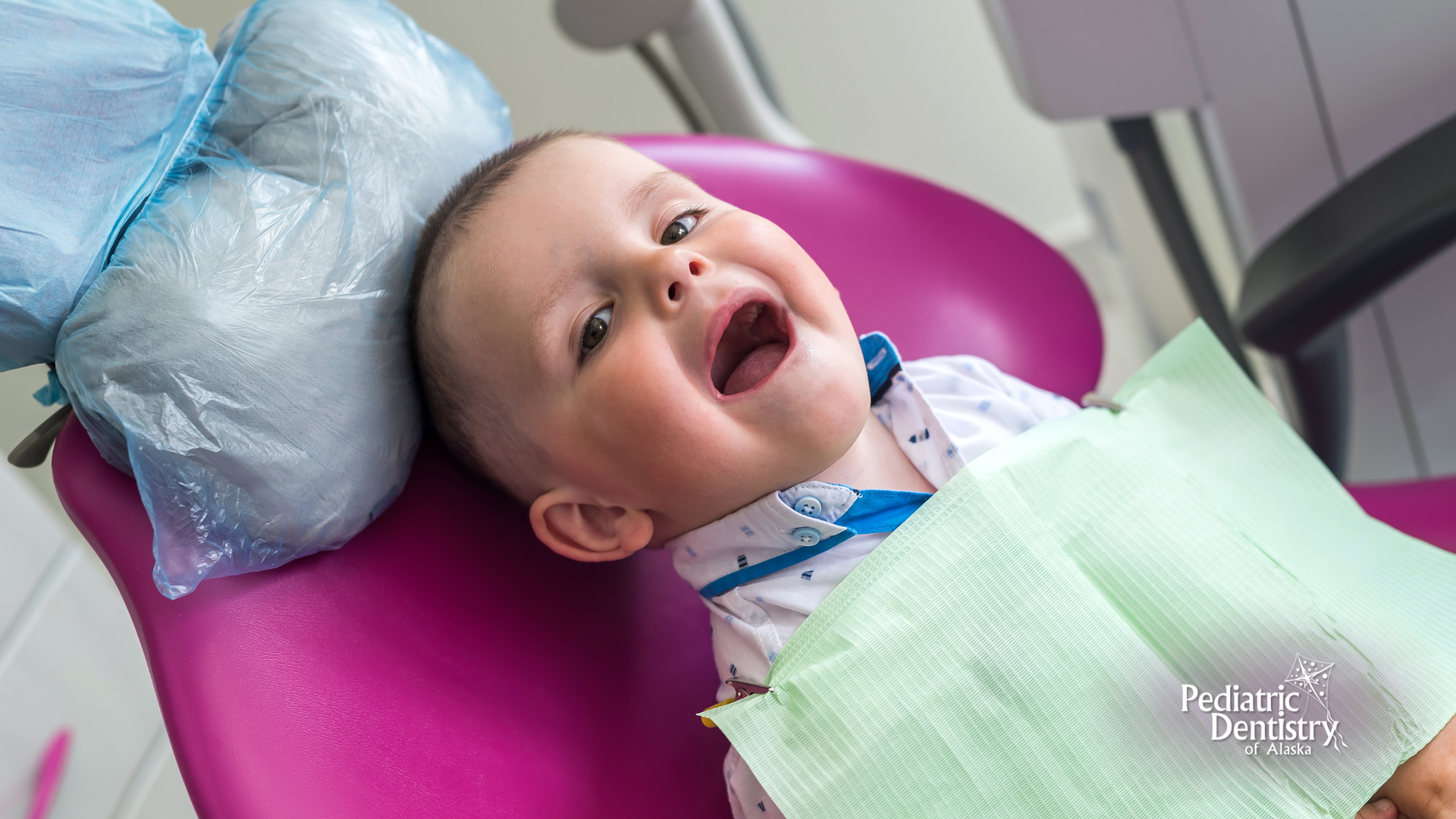
Even if your child still uses a pacifier, an early dental evaluation can make a difference. The American Academy of Pediatric Dentistry recommends that children visit a dentist by their first birthday or within six months of the first tooth emerging.
At Pediatric Dentistry of Alaska, we use these early visits to assess how habits like pacifier use or thumb sucking may be affecting the developing mouth. We gently examine the bite, jaw growth, and alignment of baby teeth while providing parents with customized advice on how to guide healthy habits at home.
These early visits also help children become comfortable with dental care, setting the foundation for positive oral health experiences in the future.
Tips to Support a Healthy Transition
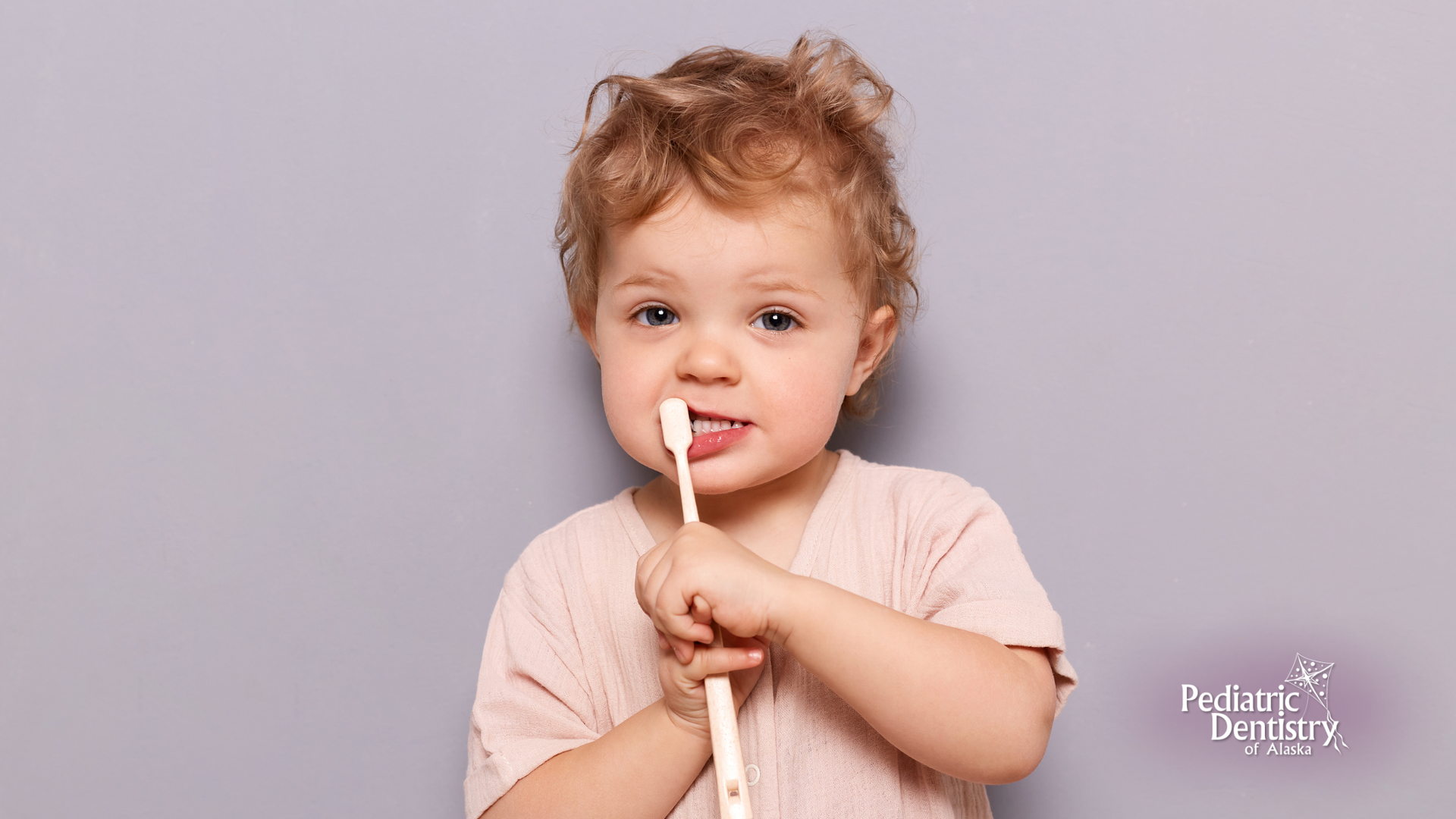
Helping your child let go of the pacifier is easier when the entire family supports the change. Here are some ways to make the transition smoother and support overall oral development:
- Encourage drinking from an open cup rather than a sippy cup to strengthen facial muscles.
- Offer healthy snacks like fruits and vegetables that require chewing, promoting jaw development.
- Maintain consistent oral hygiene routines, brushing twice daily with a soft-bristled toothbrush.
- Use positive language when discussing dental care to make visits something children look forward to.
If your child has difficulty giving up the pacifier or shows signs of bite changes, do not wait for the next checkup. Early evaluation allows us to identify small concerns before they develop into long-term orthodontic or speech-related issues.
The Role of Early Intervention

The advantage of early intervention is that most pacifier-related effects can be corrected naturally once the habit stops. In many cases, the mouth and jaw begin to self-correct within a few months. However, if the habit continues for several years, professional care may be needed to realign teeth or guide jaw development.
We often recommend regular monitoring appointments after pacifier weaning to ensure that natural correction occurs as expected. This approach allows our team to support healthy oral development and provide reassurance to parents throughout the process.
Empowering Families to Build Healthy Habits
At Pediatric Dentistry of Alaska in Wasilla and Palmer, our mission is to help families understand that prevention begins with small steps. By addressing habits like pacifier use early, parents can protect their child’s developing smile and reduce the likelihood of future dental complications. Every child’s journey is different, which is why we take time to educate, guide, and support families through every stage, from the first tooth to early adolescence. When oral habits are managed proactively, children grow up with healthy, confident smiles that last a lifetime.
If you are ready to learn more about your child’s oral development or want guidance on pacifier weaning, schedule an appointment with our pediatric dental team today. Together, we can help your child develop healthy habits that lead to bright, happy smiles for years to come.

